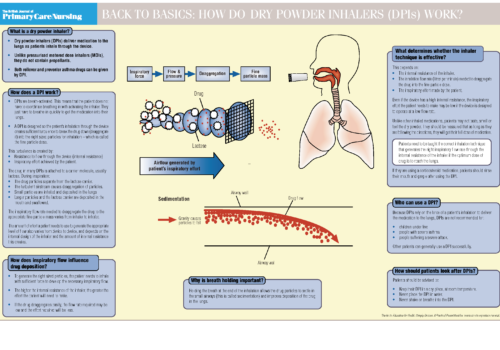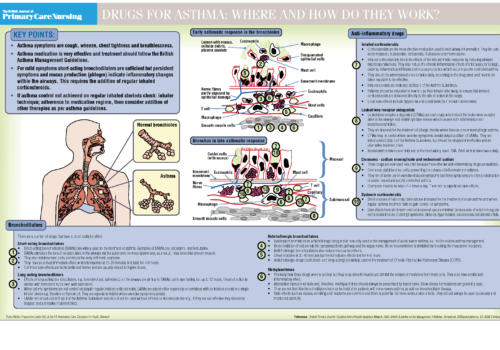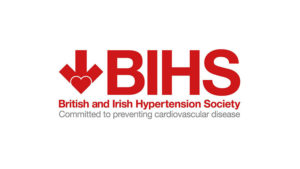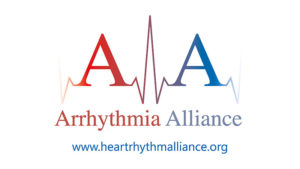Was it me? Did I blink and miss the spring? There I was, trying to plan my
early initiation of inhaled steroids and nasal sprays to ward off seasonal
exacerbations of allergic rhinitis and asthma but spring just doesn’t seem
to have sprung this year! It made me wonder whether the wet weather
had an influence on hay fever levels.
Anticholinergics: How do they Work?
Anticholinergic drugs are bronchodilators that act by blocking acetylcholine, the
neurotransmitter for the parasympathetic nervous system. By blocking parasympathetic
stimulation, anticholinergics reduce cholinergic tone, therefore producing
bronchodilation. In this article we review when and how these drugs should be used.
What are their potential benefits and what should we tell patients who need them?
Back to Basics: How do dry powder inhalers (DPIs) work?
The role of Beta2 agonists in managing asthma
Beta agonists are the only class of drugs that is recommended for the management of
asthma at every level of current guidelines, including those from the British Thoracic
Society (BTS). This means that they are used across the spectrum of severity of
asthma, from mild intermittent disease (step one) to severe asthma symptoms (step
five). In this article, we take you through the key things that you – and your patients – need to
know about these drugs.
Rhinitis: Successful Diagnosis and Management
Runny, blocked noses are a common problem in the winter months, accounting for a
substantial number of general practice consultations. Successful treatment depends
on identifying the correct cause of the symptoms. In this article we give you key
information on rhinitis – what it is, how to diagnose it and how to treat it successfully.
Is Immunotherapy an Option for my Patients with Severe Seasonal Allergic Rhinitis?
Severe seasonal allergic rhinitis (hayfever) has a significant impact on sufferers’ quality of life
and productivity, and can be a challenging condition to manage in primary care. As a majority
of these patients have poor or only partial symptom control in primary care, they may be
suitable for referral to secondary care. Some of these patients may be appropriate for
treatment with specific allergen immunotherapy and this article reviews the impact of severe seasonal
allergic rhinitis and highlights recent data on the effectiveness of sublingual immunotherapy.
Editorial: London Marathon
Bless you for your support and best wishes for my fifth London Marathon that took place in
late April. My chosen charities this year (Arrhythmia Alliance, www.arrhythmiaalliance.org.uk
and Stars, http://stars.org.uk) are special for me as I have had a pacemaker for ten years. It
was a surprise to be informed that I would have a new box fitted just three weeks before the
Marathon. However those of you who know me would know that would not stop my attempt!
But there are times when even I have to admit defeat! After completing over half the course in
two hours, I decided to let my heart rule my head for once and bail out gracefully before I
collapsed from heat exhaustion! When I was overtaken by a large carrot I knew it was going
to be a real struggle!
A quick guide to interstitial lung disease
Interstitial lung disease (ILD) is a general term for a number of diseases characterised by
progressive pulmonary fibrosis or ‘scarring’ of the lungs. The term fibrosis implies formation
of abnormal connective tissue within the lung parenchyma. These diseases are less
commonly seen in primary care than airways diseases such as asthma and COPD. However,
like COPD, they produce progressive debilitating breathlessness for the patient. It is important
that practice nurses, particularly those with an interest in respiratory diseases, are aware of this
group of diseases and their management as early referral to specialist care is important.
Back to Basics: Drugs for asthma – where and how do they work?
The Null Hypothesis: There’s Nothing to it
Respiratory Infections: How to Minimise the Impact
Accurate diagnosis of respiratory tract infection can be difficult in primary care,
particularly in older patients. Time constraints meaning that most consultations allow
less than six minutes to deal with patients’ clinical problems – with much of the time
devoted to achieving political and financially driven targets – can make it even more
difficult. In this article, we provide practical tips on how to recognise and treat common
respiratory infections.























